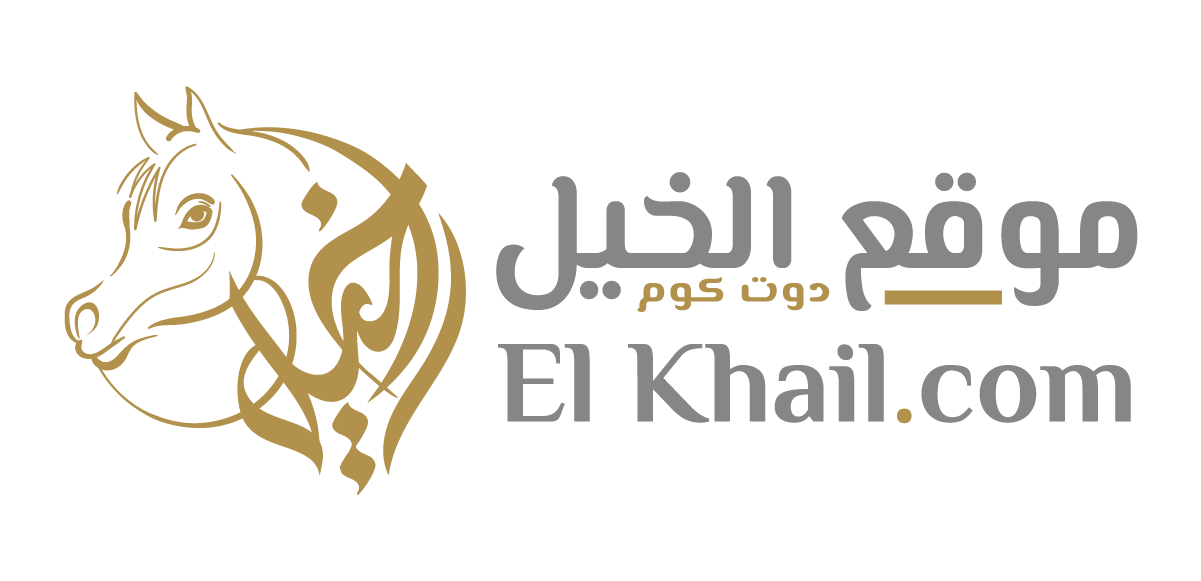To “Educators”: Removing dirt, sand and sweat from the body adds luster to the skin and improves the appearance, combing with a “brush” … and hoof with “minking” and oil once a week ..
Written by – Dr. Bassem Badr

Director of stables and chief veterinarians at the King Abdulaziz Center for Purebred Arabian Horses.
The daily care of horses is one of the most important safety standards for purebred Arabian horses, which breeders must know, and one of the priorities that should be followed for everyone who owns a purebred Arabian horse is to ensure that the workers or caregivers are trained on how to treat them and how to properly care for them.
Cleaning and caring
The horse’s appearance is improved by removing dirt and sand from the “crust” body, which adds luster to the horse’s skin and to keep the hair in the back, neck and tail smooth and free of knots. The horse’s health is also improved by combing the horse. This process activates the cycle. Thus, it strengthens and stimulates the skin and muscles, and combing also stimulates the secretion of the oily substance that protects the skin of horses.
In order to notice any injuries or wounds to the horse, the daily removal of the dirt and materials attached to the hooves should protect it from problems and leg injuries, and the daily cleaning leads to the discovery of any injuries to the horse’s body which, if treated early, will protect it from exacerbation of the injury later.
Cleaning also increases the relationship and connection between the horse and the breeder, as the horse loves to be cleaned by a person if this is done in a correct manner, especially the cleaning of the upper back areas due to the difficulty of cleaning them and the horse’s access to it or rubbing it. It is noteworthy that the body is combed with the brush, while the hoof is cleaned with the “munchkin” hoof tweezers.
Basic rules for cleaning
Fixing the horse by attaching its leash to a designated place to facilitate its control during the cleaning process, with the use of the hoof picker to clean the horse’s hooves, but with caution, so it must be noted if the hoof is cracked, long, or the shoe needs to be changed or not fastened well and therefore the farrier must be used Horse’s foot.
Hoof oil can be used once every week, or as directed by a specialist veterinarian, and start from the top of the neck down using a strong brush with a longitudinal movement, then the body and then the legs in the direction of the hair with pressure on the skin and linearly, and in case the hair is long Weak or has a crust and needs to be removed. It is preferable to use a plastic comb, as the combing is firmly and in a circular motion.
The body brush must be used with caution when combing the face area, while the hair of the tail, forehead, neck and back is combed with the trimming brush or the plastic comb is used with caution and to separate the tail hair from each other and remove the knots if any, the tail and neck hair comb is used.
The eye and snout “nostrils” are wiped using a sponge moistened with lukewarm water, and at the end a dry “towel” towel is used to remove any remaining dirt or dust from the horse’s body and make the body shiny.
Reasons for douching
Horses are soaked to improve their appearance and remove dirt and sweat, which makes the skin clean and shiny, and cools the horse to reduce the horse’s body temperature after training or in some pathological cases, and in some cases the horse is washed before giving topical medicines such as washing with iodine in cases of fungal infections. And for some therapeutic purposes, such as cooling the legs with water, it helps reduce swelling and helps treat many menus problems.
Basic rules for washing
Fixation of the horse by attaching its leash to a designated place to facilitate its control during the bathing or washing process, and by using a sponge dampened with water or by direct water on the horse’s body, the body is wet starting from the neck down to the bottom of the body including the legs, with the face washed carefully and Use the wet sponge.
Do not use water directly on the face because this causes a discomfort to the horse and so that the water does not reach the ear, which leads to a possible infection, and a special shampoo for horses must be added. , With washing the horse with water to remove shampoo, in addition to removing the remaining water by means of a sweat scraper or by hand.






